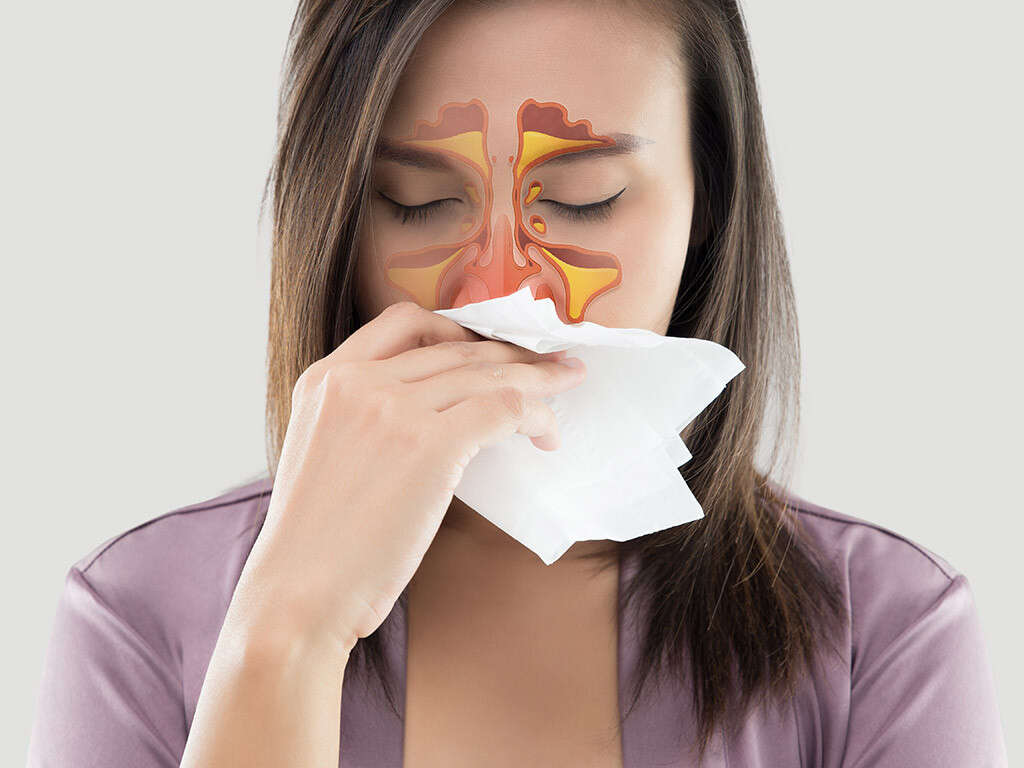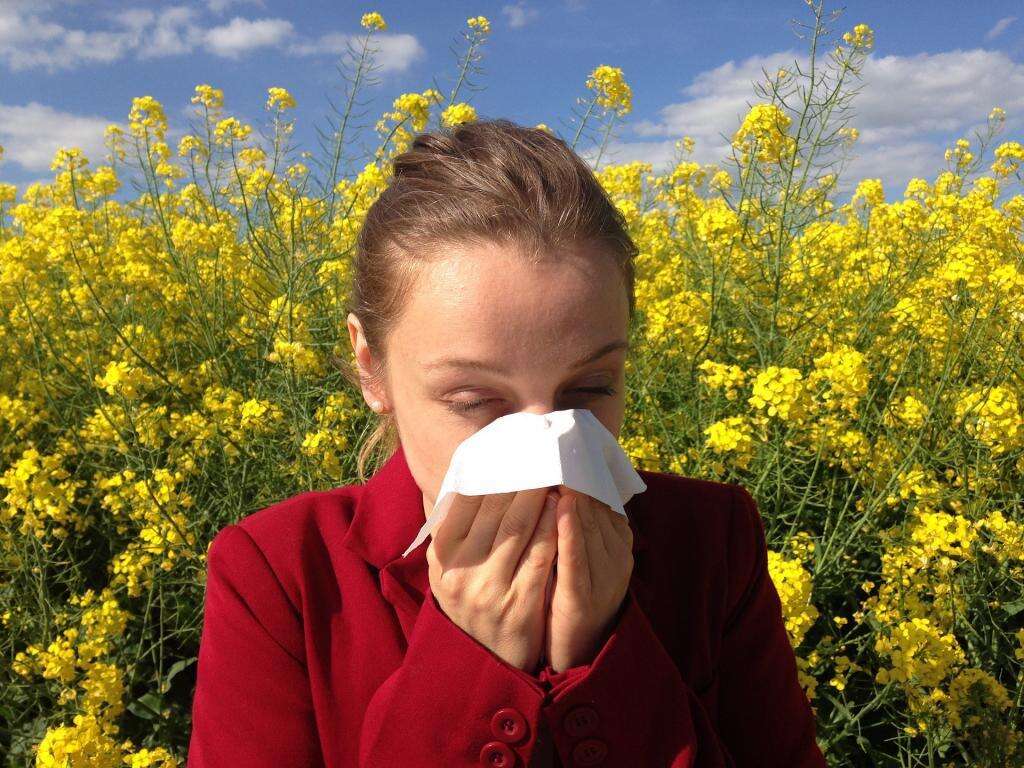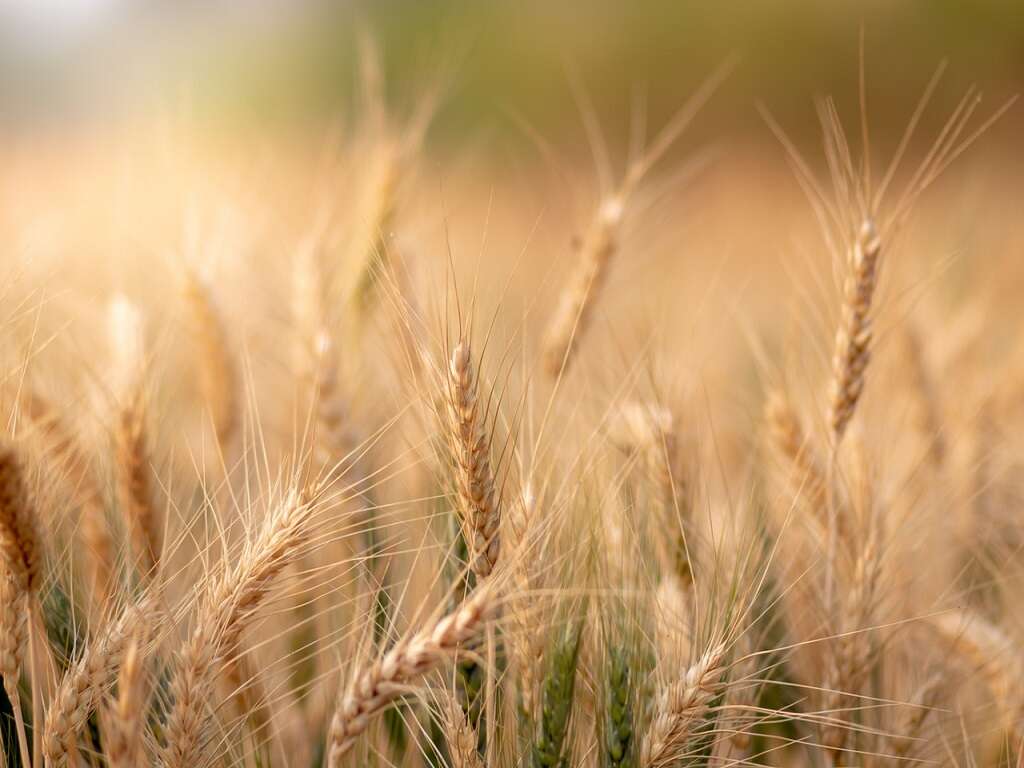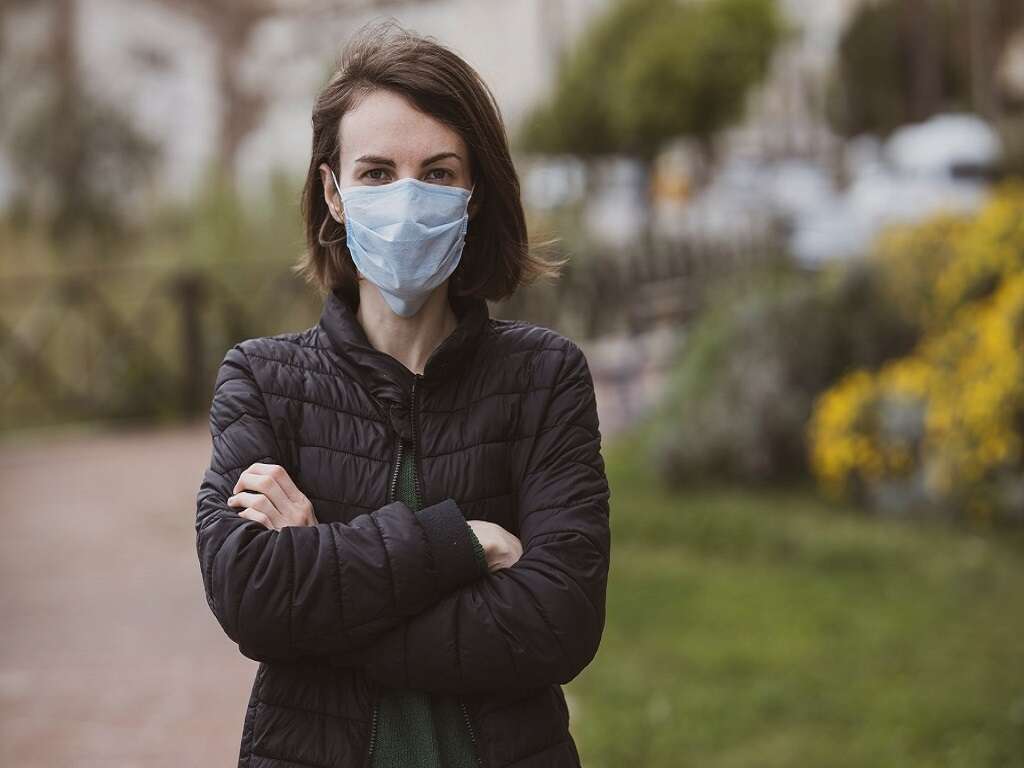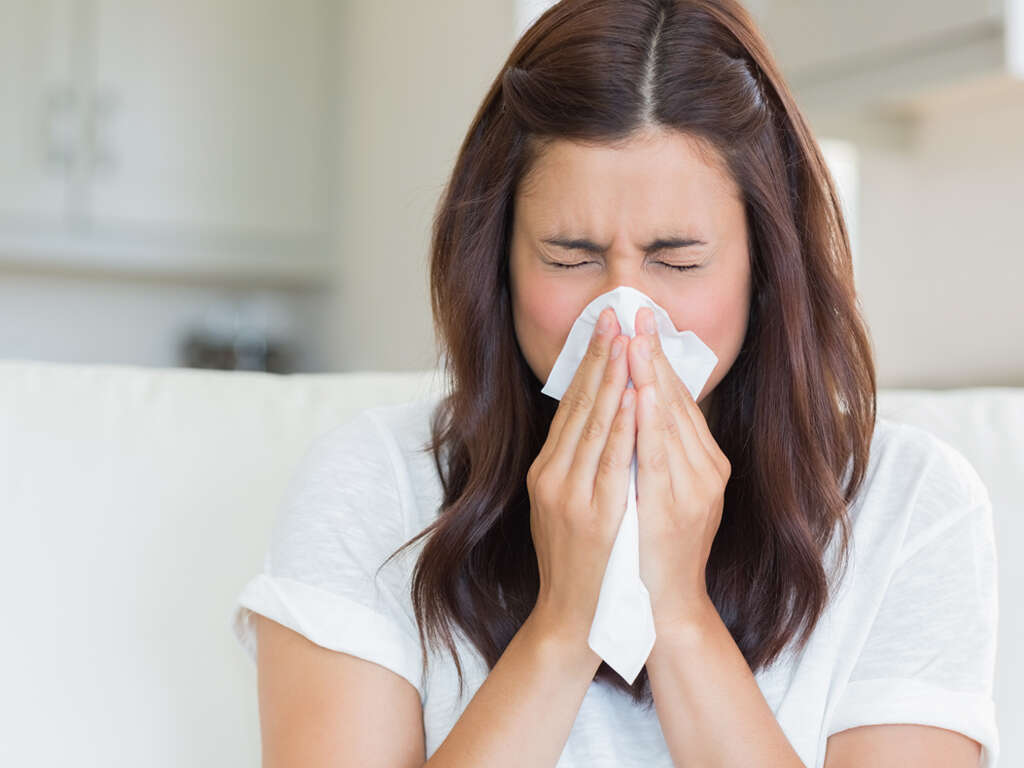10 Wheat Allergy Symptoms
Whenever anything that might be harmful to us finds its way into our bodies, our immune system will get to work dealing with it straightaway. This helps to keep us safe from disease, but it is not always perfect. It can sometimes target particles that are not harmful to us, and this is known as an allergy.
Some people are allergic to wheat. This is not to be confused with a gluten allergy, although gluten is mostly found in wheat.
While most people with a wheat allergy will only experience mild symptoms, it is important to note that it can be life-threatening to some people. This article looks at 10 symptoms of a wheat allergy.

Symptom #1: Headache
There are relatively very few adults in the world who have never experienced a headache. There is a lot that we do not yet understand about headaches and we don’t always know the exact cause. We do know that they are usually something to do with increased blood flow in the brain, increasing the pressure and resulting in pain.
Some people will have headaches that are caused by something very specific—such as an allergy to wheat. The severity of the headache can vary considerably from person to person and not all people with an allergy to wheat will develop these headaches.

Symptom #2: Nasal Congestion
It was long thought that nasal congestion was a result of a build-up of nasal mucus (snot) in the nose. We now know, however, that while excess snot can be a cause, congestion is usually down to inflammation. With the delicate internal tissues of the nostrils irritated, they can become inflamed and swollen, blocking the passageway.
An allergic reaction to wheat can cause this swelling, causing nasal congestion. There can also be more nasal mucus than usual due to the irritation, and as part of the body’s attempt to remove allergens from the body. Antihistamines may be able to help reduce this inflammation and relieve the congestion.

Symptom #3: Itchy Throat
The linings of our throats are made from soft materials, but they are usually quite well protected. Anything that could do harm would have to pass through the mouth first and we are likely to spit out anything that could do us damage. If we eat something that we are allergic to, however, then this lining can become quite irritated.
This irritation can cause the throat to become quite itchy, but it is obviously very difficult to scratch. The throat can also become swollen, while the mouth can also be experiencing these symptoms. The symptoms should hopefully not last for too long depending on how severe the allergic reaction is.

Symptom #4: Difficulty Breathing
We can only live for a few short minutes without air. We need to keep on breathing in and out continually to provide our body with the supply of fresh oxygen that it needs. Thus, if somebody is having difficulty breathing, it is something that should be taken very seriously.
If the throat and other airways are swollen then it can prevent enough air from getting in. This is a condition known as asthma, and the patient may have asthma inhalers at hand to help unblock the airways. If there are no inhalers available and/or the patient still cannot breathe, they may need emergency medical assistance.

Symptom #5: Lightheadedness
Our brain needs a lot of fuel to keep it running. If this fuel supply was limited for any reason then it will begin to struggle. This can make us feel lightheaded and it might even cause us to pass out. This symptom can occur in people with wheat allergies.
If you are feeling dizzy, the first thing you should do is to sit down to avoid doing yourself any harm from falling. The symptom should hopefully not last for long and only a few people are likely to pass out. It is not a condition that should be taken lightly, however, and the patient should be observed closely.

Symptom #6: Vomiting
If you have eaten something that is not good for you then it should be expelled from the body as soon as possible before it can do any more harm. We have a simple yet effective solution to this, which is to force the contents of the stomach from the body. This is what we know as vomiting.
This may not be enough to prevent an allergy attack, but it can at least help to limit the damage caused. If you are vomiting, then you will also likely be feeling nauseous. The vomiting should hopefully not last for too long as the allergy attack wears off.

Symptom #7: Hives
The body will react in several ways to allergens, and one of these is often visible on our skin. If somebody has come into contact with an allergen then there is a good chance that they will develop hives. As such, hives are a potential symptom of a wheat allergy.
The hives will appear suddenly and look like raised patches on the surface of the skin. They will often be red and they can be unbearably itchy. The allergy can also cause rashes and swelling on areas of the skin. Hives themselves are not necessarily dangerous but are a clear sign of an underlying problem that may need medical assistance.
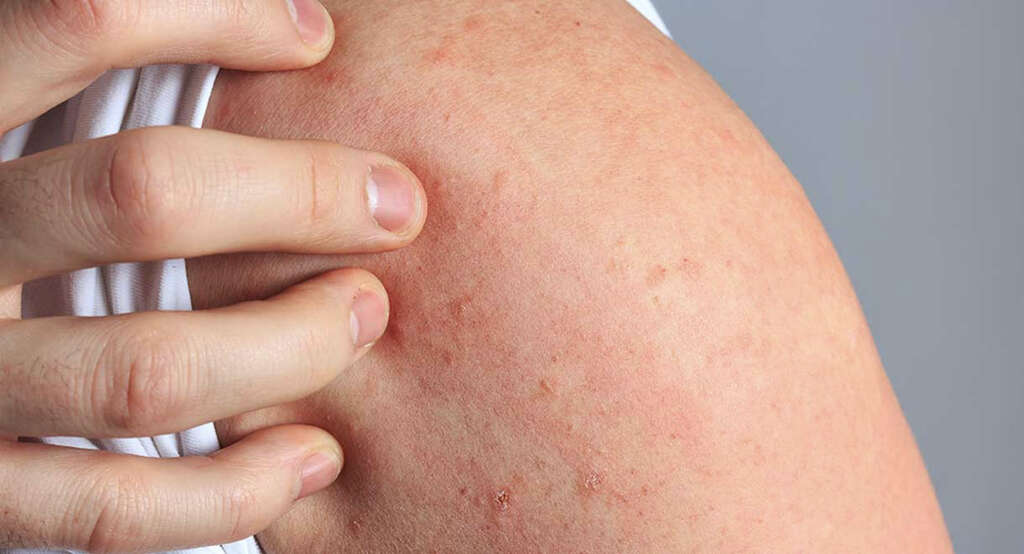
Symptom #8: Pale Skin
Iron is naturally dark brown/red in color. Our blood contains a lot of iron, which is why our blood is also red. The actual color of our blood will vary according to how much oxygen it is carrying. The color from our blood shows through the skin, helping to color our skin as well.
In instances of an allergy attack, the blood may be carrying less oxygen than usual. For this reason, our skin may appear to be more pale than usual. This makes it a symptom that somebody may be experiencing an allergy attack, while it can also be a symptom of a wide range of other conditions.

Symptom #9: Diarrhea
Our bodies need water to survive, and we get it from the food we eat and the liquids we drink. Once inside our bodies, it will slowly be absorbed into the blood where it can then be carried to where it is needed. It can take time for the water to be absorbed, so our food passes through quite slowly.
In the case of a wheat allergy attack, however, the digestive system is going to be quite irritated. This means that food is going to pass through faster than usual, and this will result in watery stools because there has not been sufficient time for water to be extracted. It is an unpleasant symptom that we know as diarrhea.

Symptom #10: Anaphylaxis
When there is an allergen present in the body, our immune system will react to have it dealt with. This often means the release of chemicals that help the body to expel or destroy the intruder. This can be very dangerous for the patient, however, if the reaction is too strong.
Anaphylaxis is a condition in which your body is awash with these chemicals at high levels. This can literally kill us and anybody experiencing an anaphylactic shock should be sought immediate medical attention. The symptom is one of the reasons why some people with allergies need to be extremely careful about what they eat.





